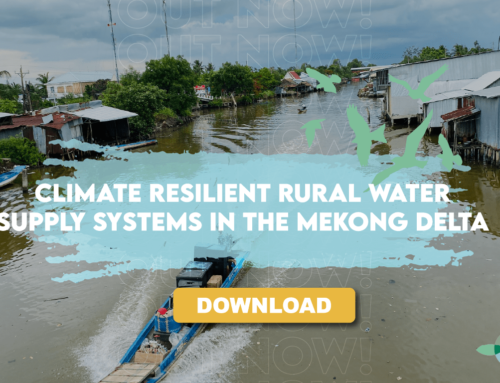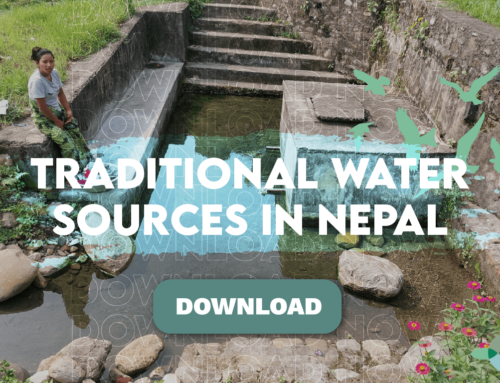Project Description
Hydrogeology of the Dry Zone – Central Myanmar
Donor/Partner: Australian Aid (AusAID) | Duration: 2017 | Location: Myanmar
The provision of low salinity, potable groundwater to Central Myanmar is of extreme importance to the development of the nation and socio-economic welfare of its people. Though there are hundreds of thousands of tubewells and dugwells located here, no hydrogeological database is centrally located or readily accessible. Once the geological structure is understood and documented, the magnitude of groundwater yield and variability in quality can be reasonably predicted. Working towards this goal, Australian Aid (AusAID) provided funding to Dr Len Drury of Aqua Rock Konsultants (ARK) for a hydrogeological assessment of the Dry Zone, and the update and publishing of Hydrogeology of the Dry Zone – Central Myanmar.
The major study revises and updates hydrogeological surveys and a drilling programme begun in the late 1970s to mid-1980s. It represents an understanding of the groundwater resources of the Dry Zone based on decades of experience from hydrogeologists from Myanmar and Dr Drury’s extensive international experience. The book was prepared with assistance from the Ministry of Agriculture, Livestock and Irrigation (MOALI).
The figures and maps included in the publication were digitized by ICEM. Figures include tectonics, geology, hydrology and hydrogeological systems of the Dry Zone. The report includes a detailed 1:500,000 geological map of Central Myanmar as well as local hydrogeological and hydrogeochemical drawings. These have been prepared by compiling available geological and hydrogeological reports, field observations, water sampling and tubewell data inventories. ICEM also provided input regarding projected climate change in the Dry Zone until 2050, based on regional climate models.
The book is not a definitive treatise on the hydrogeology of the Dry Zone, but should be considered as a summary of the current understanding of the significance and role of groundwater in the context of overall basin water resources.
- Aims and key outputs: This technical publication is an endeavor to overcome the lack of easily accessible groundwater information; improve the knowledge of the hydrogeological regime; assist the investigation, development, monitoring and management of groundwater resources; address database gaps; guide in the successful siting of tubewells with a decrease in drilling costs; train hydrogeologists in groundwater investigation techniques and management; contribute in the planning of regional water development schemes; suggest areas of academic research; and assess long-term groundwater availability for the beneficial use of the people in this complex geological and hydrogeological environment.
It includes an assessment of groundwater occurrence; availability; utilisation; recharge and discharge dynamics; quality; aquifer characteristics; connectivity and interaction with surface resources; current and potential use patterns; constraints to use; and threats.
- For more information, visit https://waterpartnership.org.au/publications/






